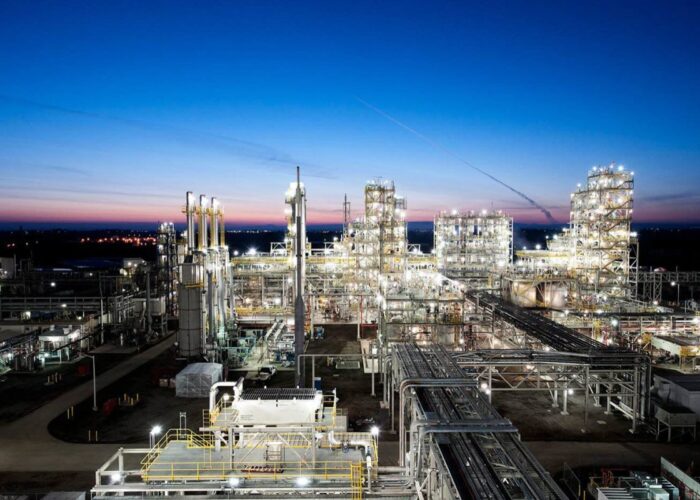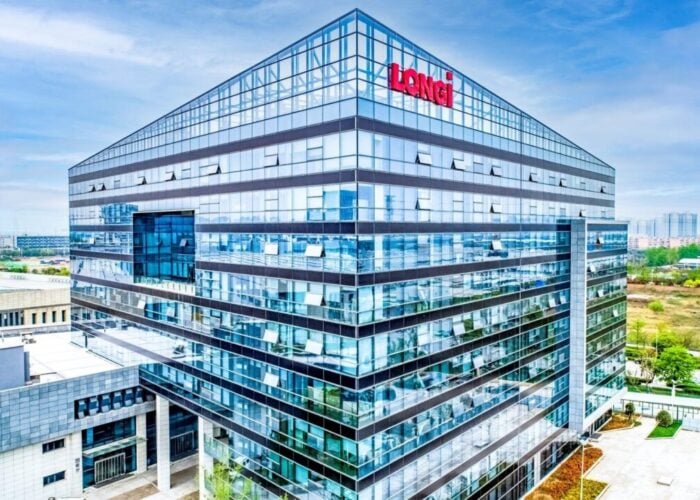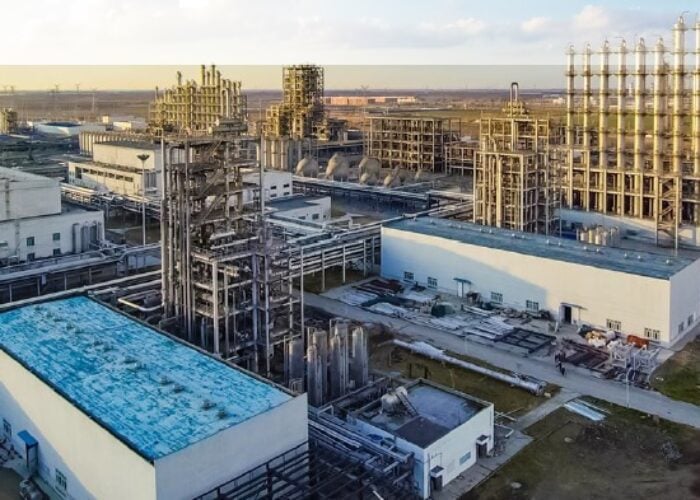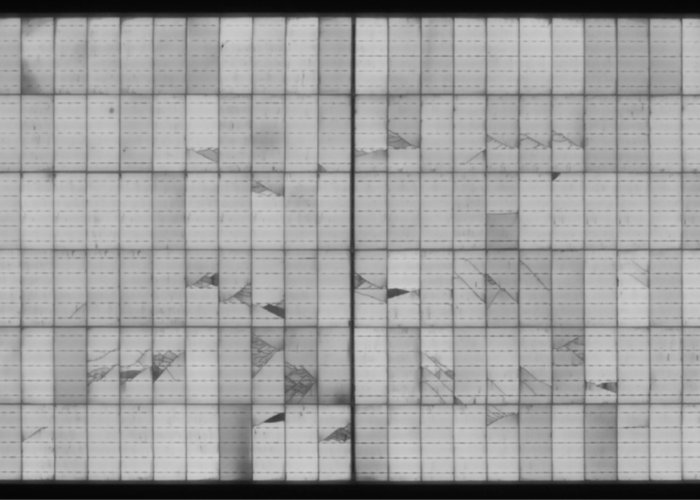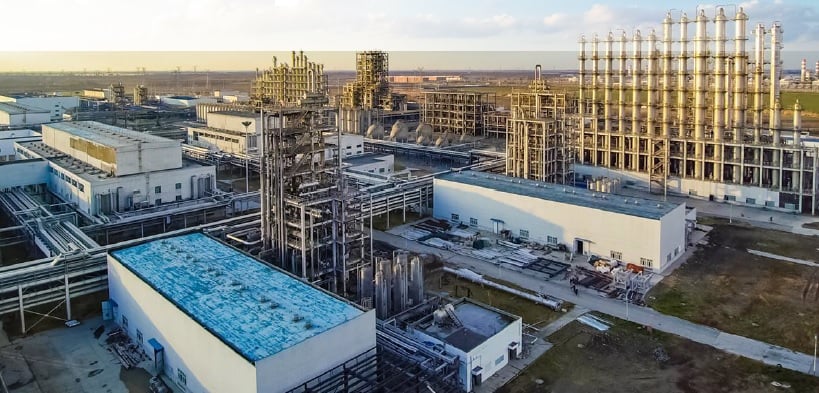
Chinese polysilicon producer Daqo New Energy posted gross losses of US$60.6 million and significantly reduced its production in Q3 2024.
The results continue the downward trend in polysilicon manufacturers’ fortunes as the market faces oversupply, cutthroat competition and prices below the cost of production.
Unlock unlimited access for 12 whole months of distinctive global analysis
Photovoltaics International is now included.
- Regular insight and analysis of the industry’s biggest developments
- In-depth interviews with the industry’s leading figures
- Unlimited digital access to the PV Tech Power journal catalogue
- Unlimited digital access to the Photovoltaics International journal catalogue
- Access to more than 1,000 technical papers
- Discounts on Solar Media’s portfolio of events, in-person and virtual
The Q3 losses were less severe than Daqo saw in Q2, when it posted US$152.2 million in losses. In its Q2 results, the company revealed it was selling polysilicon at below its production costs.
As well as markedly fewer financial losses, the company produced markedly less polysilicon in the most recent quarter. Daqo produced 43,592 tonnes of polysilicon in Q3 2024, a significant drop-off in utilisation from Q2 when it produced 64,961 tonnes. In comments accompanying the financial results, CEO Xiang Xu said n-type polysilicon accounted for 75% of Daqo’s output this quarter.
Polysilicon sales volume was 42,101 tonnes in Q3 2024, compared with 43,082 tonnes in Q2.
“Entering the third quarter, China solar industry’s market conditions remained challenging, exacerbated by the overall oversupply in the industry,” said Xu. “Market selling prices continued to be below production costs for the majority of industry players throughout the entire value chain.”
Earlier this week, fellow Chinese polysilicon producer GCL Technologies published losses of US$400 million over the first nine months of 2024. In contrast with Daqo, GCL increased its shipments from 60,120 tonnes in Q2 to 80,900 tonnes in Q3.
The average selling price of polysilicon has declined drastically over the last year, reaching lows of around RMB35-40/kg last week (US$4.90). This time last year, the price was around double that figure (RMB80/kg) and in February 2023 it was around RMB230/kg.
Xu said current polysilicon prices are “below the cash costs of even the tier-one players, and four consecutive months of cash losses have led all manufacturers to reassess their future strategy.”
Polysilicon market analyst Johannes Bernreuter forecast that the Chinese polysilicon industry would see a “shakeout” this year, as price and capacity pressures push smaller players out and capacity consolidates with large entities like Daqo, GCL and market leaders Tongwei.
Daqo is expecting its production volumes to drop again in Q4 2024: “In light of the current market conditions, we expect our Q4 2024 total polysilicon production volume to be approximately 31,000 tonnes to 34,000 tonnes,” Xu said. “As a result, we anticipate our full year 2024 production volume to be in the range of 200,000 tonnes to 210,000 tonnes.”
He continued: “One month into the fourth quarter, the polysilicon industry is still rebalancing supply and demand and needs further production cuts and stronger end market demand to sustain a price recovery.
“In the medium- to long-term, we believe the current low prices and market downturn will eventually result in a healthier market, as poor profitability, losses and cash burn will lead to many industry players exiting the business, ultimately eliminating overcapacity and bringing the solar PV industry back to normal profitability and better margins.”
Today, Daqo also announced the appointment of Xiaoyu Xu as deputy CEO.

